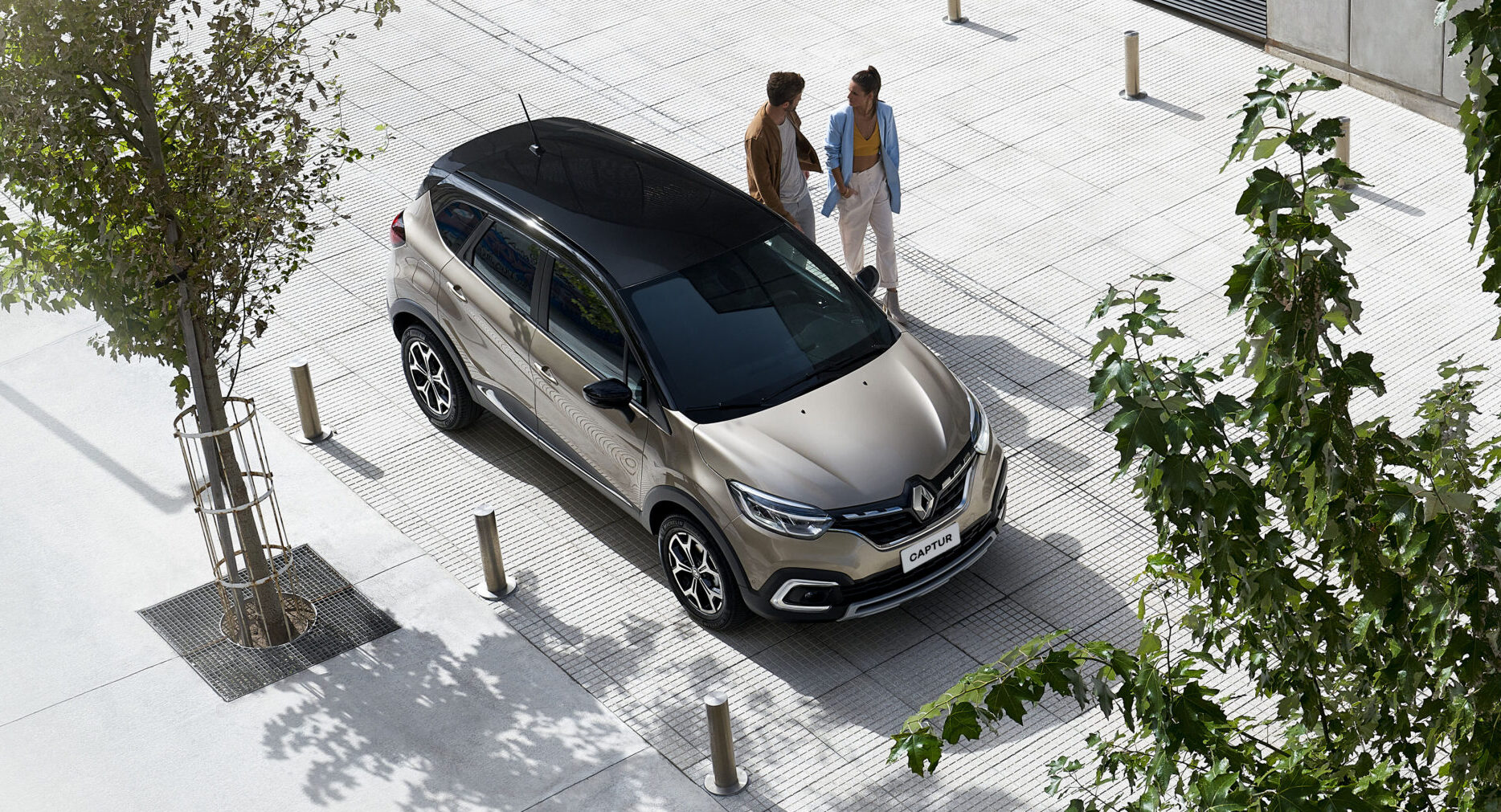Without imported components supply, the SUV disappeared from the sales ranking


By George Guimarães | Translated by Jorge Meditsch
Fenabrave’s 40 best-selling sport-utilities ranking in January does not include the Renault Captur. The fortieth on the list is the Mercedes-Benz GLE, an extremely expensive luxury model, with 67 units licensed. It means Renault’s SUV, which costs R$ 165 thousand, has in practice vanished from the market.
This disappearance in the first month of 2023 is not episodic. Since mid-last year, Captur’s monthly sales have been around a few dozen. Last quarter’s monthly average was a mere 64 units for a dealer network with about 300 stores.
Launched in March 2017 as a superior product of its national lineup for the still updated style, the Captur has never stood out in the segment, not even in the brand’s range. During these six years, it sold little more than 91 thousand units in the internal market.
Its best result was in 2019, with close to 28.7 thousand registers – the only time it overcame its cheaper brother, the Duster, and for a small margin. Even though its numbers were less than half the SUV’s leader then, the Jeep Renegade.
Since then, the Captur entered into a severe commercial downslope. The following year it sold just 10.9 thousand units, in front of Duster’s 19.5 thousand. In 2021, the comparison was even worst – 8.3 thousand versus the brother’s 22.4 thousand. Last year result was the last indication that it is going fastly to end its trajectory at the plant of São José dos Pinhais.
Even receiving a new and efficient 1.3 turbo flex engine in mid-2021, in 2022, only three thousand units reached the streets, almost 80% of them sold in the first semester.
The abrupt fall down has little to do about Captur virtues, the market pace or the competitors’ advance but is due to an extern factor unthinkable a little more than a year ago: the Russian-Ukrainian war.
In May, the conflict forced Renault to end its presence in Russia, the group’s second-largest market in 2021, only after France.
Besides giving up its major participation in Avtovaz, Lada vehicles manufacturer, Renault transferred all the industrial park and local production of its models, including the Kaptur.
Yes, in Russia, the name is written with a “K”, maybe the most relevant difference to the model made in Paraná. Kaptur and Captur shared the platform also used in the Duster and many components made in Russia and neighboring countries.
With the Russian SUV out of line, the Brazilian model’s supply was greatly compromised. Not by coincidence, Captur’s offer and sales were practically halted since July.
It is no longer easy to find entry versions at the dealers, costing from R$ 143 thousand. Some dealers informed us they are no longer produced.
The Iconic top-of-line version stock is also almost inexistent and, even though, some salespeople offered the reporter a 10% discount over the R$ 165 thousand suggested price.
Asked by AutoIndústria, Renault do Brasil said the Captur is still being produced, despite admitting the difficulties due to the lack of components. Nonetheless, it asserts it keeps looking for solutions for the assembly line supply shortage.
Anyway, it is a difficult situation. Replacing the imported part should imply a fast suppliers’ development in Brazil and the region, and a product with a sales volume already low and already beyond midlife in the market difficultly would encourage suppliers to invest.
Assim como a Anfavea, o presidente da entidade, Marcelo Godoy, também não apoia pleito da…
Empresa tem acordo de participação e produção de carros na fábrica paranaense da Renault
Crossover elétrico tem duas versões de motor e autonomia de até 600 km
Há um ano no programa AutoEsporte, antes era chefe de Imprensa/Produto na Stellantis
Negócio envolve um centro de P&D e uma unidade de produção; empresa atuará de forma…
Da produção limitada a 660 unidades, dez desembarcarão por aqui